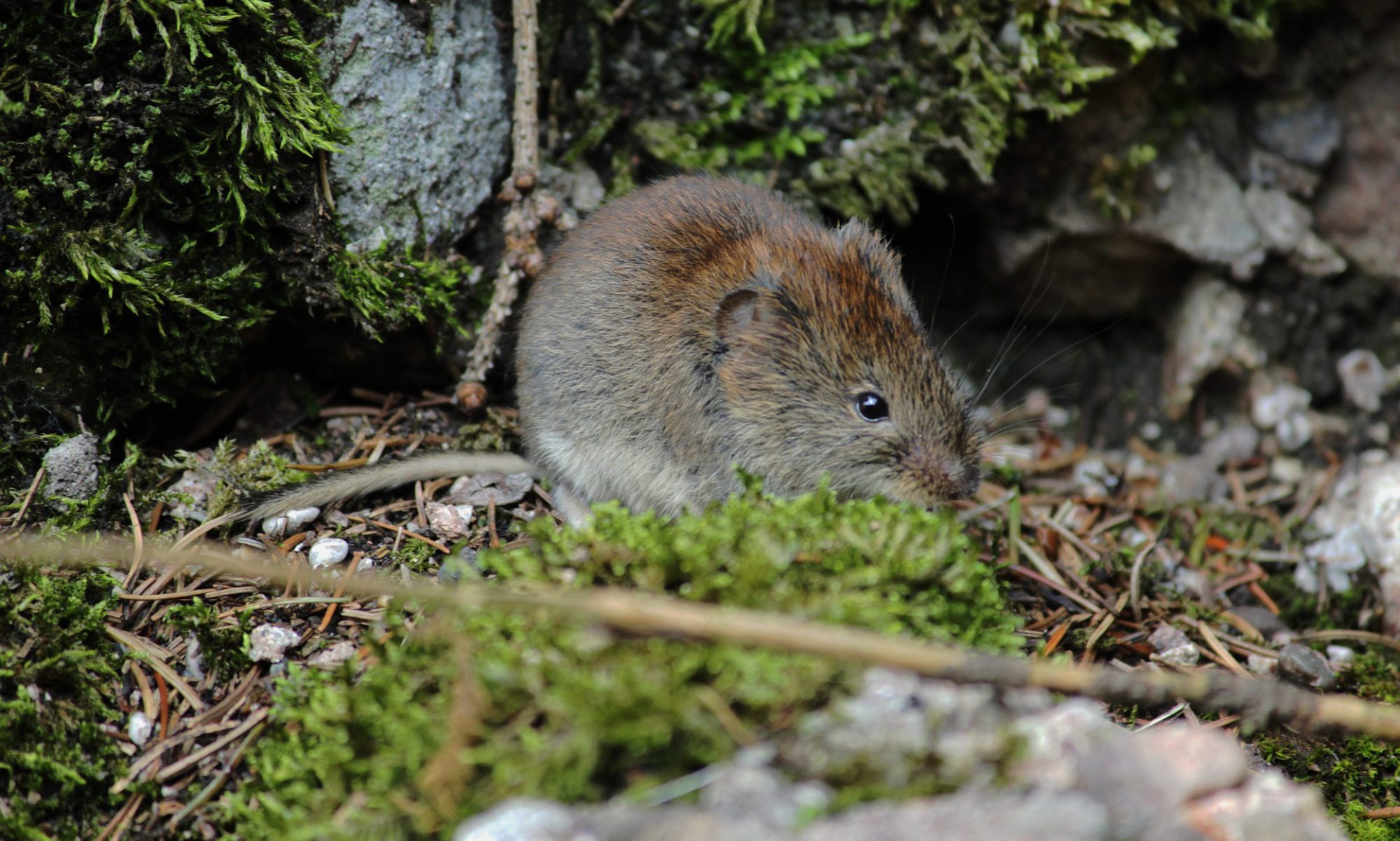| Generic Risk Assessment: Pathway repairs (wooden steps and handrails)
Scope: Step and hand rail repairs / construction |
||||
| Volunteer’s Tools: Volunteers bring their own tools which must be fit for purpose, at their own risk. The Group cannot accept any responsibility for a volunteer’s own tools unless by prior agreement.
Volunteer’s Dogs: Dogs should only be brought to sites where they will not disturb wildlife and other livestock and where it is acceptable to the management and other users of the site. Dogs are brought at the owner’s own risk, the group cannot accept any responsibility for their wellbeing. Insurance considerations Insurance does not cover the use of chain saws. Tree felling may only take place with the implicit permission of Torbay Council |
||||
| Typical groups at risk Volunteers; other site users; general public | Typical uncontrolled outcomes Slips and trips; strained muscles; scratches to face and head; inflammation of joints; puncture wounds; cuts and lacerations; blood borne infections | |||
| Common hazards
Associated with the work activity |
Who is at risk?
Public, staff, trainees, volunteers |
Risk rating
Risk level before controls are in place |
Control measures
Measures that must be in place before work is allowed to start |
Residual risk ratingRisk remaining after controls are in place |
| Slips, trips & falls (additional control measures) | Volunteers | Medium | • Tools and materials to be stored safely and tidily
• Any holes dug not to be left unfilled: the holes must be covered or have a post placed in them. |
Low |
| Hand tools (swinging and sawing). | Volunteers | Medium | • Volunteers must wear a hard hat when using a mell or holding a post for someone using a mell.
• The hard hat must fit snugly and that they must not wear anything under it • Volunteers must use a stob twister when holding a post for someone using a mell • Volunteers must not wear gloves when using a mell, mattock, pickaxe or hammer. • Volunteers must take care that the head of a mell and the top of posts or stobs are kept free from mud. • Volunteers must wear a glove on the hand holding wood when sawing. |
Low |
| Timber | Volunteers | Medium | • Volunteers must wear gloves when handling treated timber
• Provide eye protection for volunteers. • Volunteers must wear eye protection when sawing, drilling or chiselling timber. • Do not treat timber in situ unless appropriate protective equipment is available and a specific risk assessment has been carried out and documented. (If timber must be treated, a COSHH assessment must be undertaken (see product labels and Materials Safety Data Sheet)) • All nails must be rendered safe (particularly during demolition of structures) by removing them to safe storage or by bending them over flat against the wood. • Do not burn treated wood – dispose of waste in appropriate facility • Use air-dried, pre-treated timber wherever possible |
Low |
| Handling wire products | Volunteers | High | • Eye protection must be worn when working with coils of wire (whether barbed or not)
• Stout gloves must be worn when handling barbed wire. • Rolls of wire must be carried on a stake or pinch bar, between two people. Each person must wear stout gloves. • Care must be taken when handling stock netting as it can unravel at high speed. • Fingers to be kept out of stock netting. • Wire/netting must be fixed or firmly weighted at one end when unrolling it. • Do not hammer staples fully up tight on any intermediate post, to give the wire freedom to move. • Wire must be partially stapled before putting the final strain on it, to prevent it springing free. |
Low |
| Wire under tension | Volunteers | Medium | • Volunteers must not tension fence wires unless they are trained and competent to do so.
• Ensure that only the person tensioning the wire is close to the wire. All others should stand well clear. |
Low |
| PPE Coppicing, felling & scrub clearance: Rigger gloves; Goggles; Hard hats; Hedging gloves…. Items needed will vary according to the task. |

